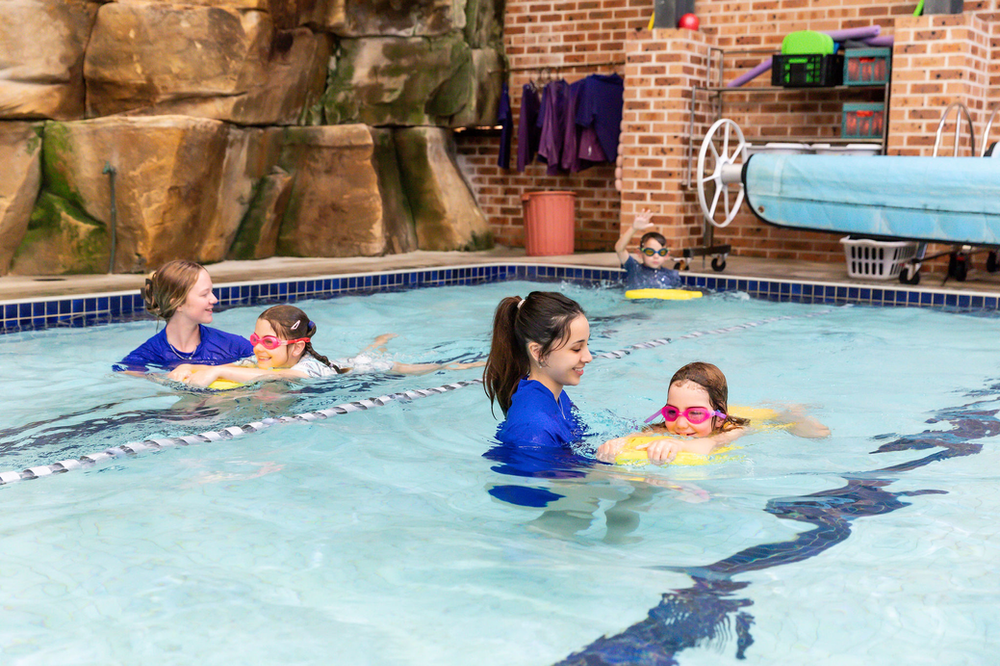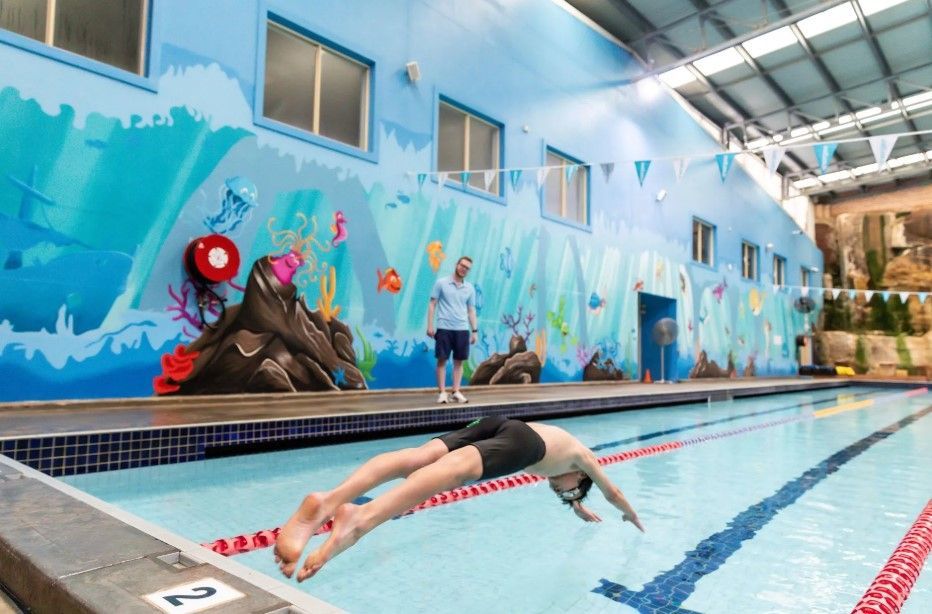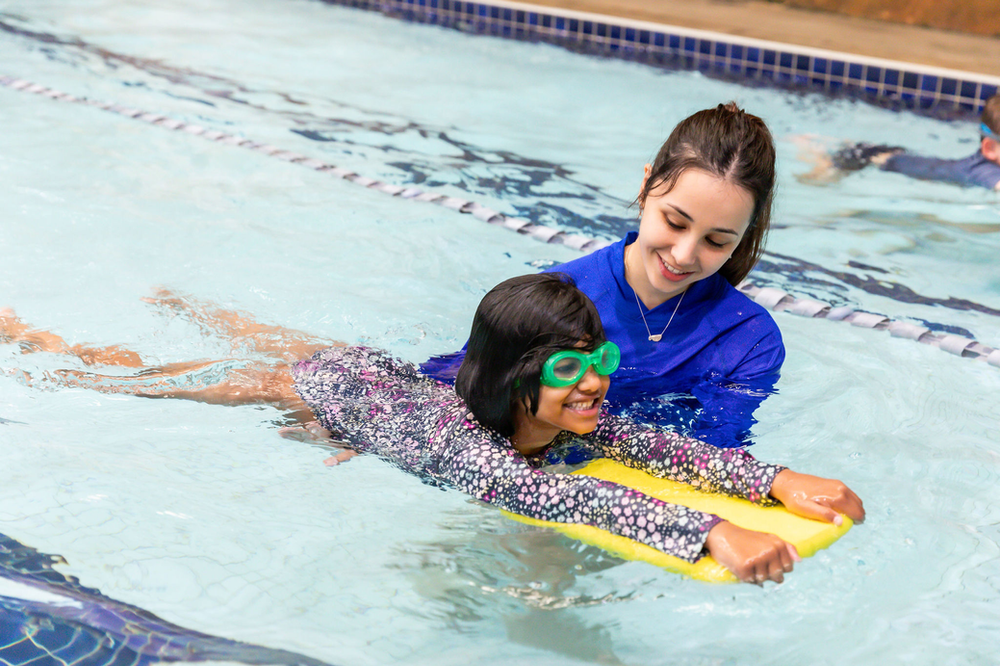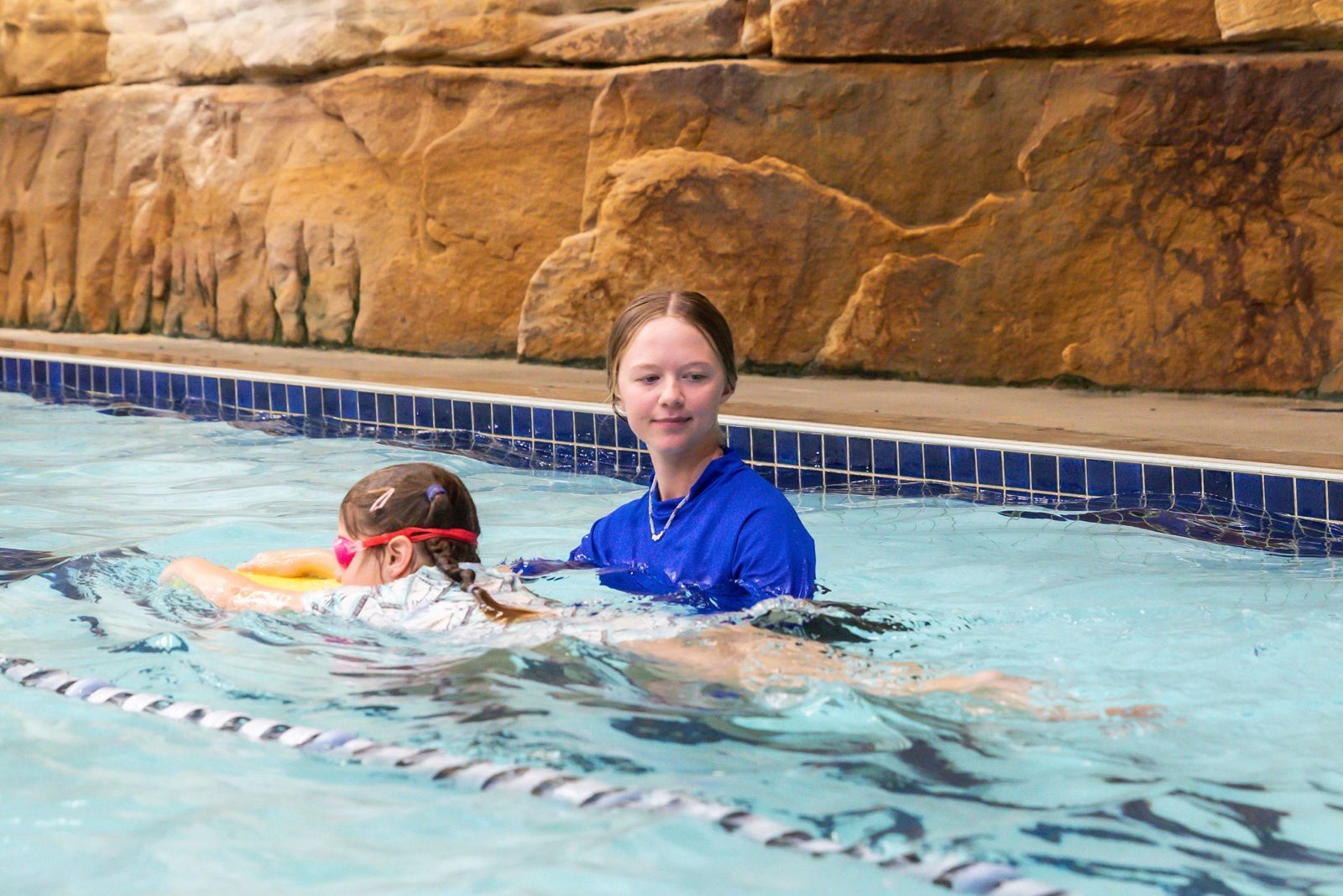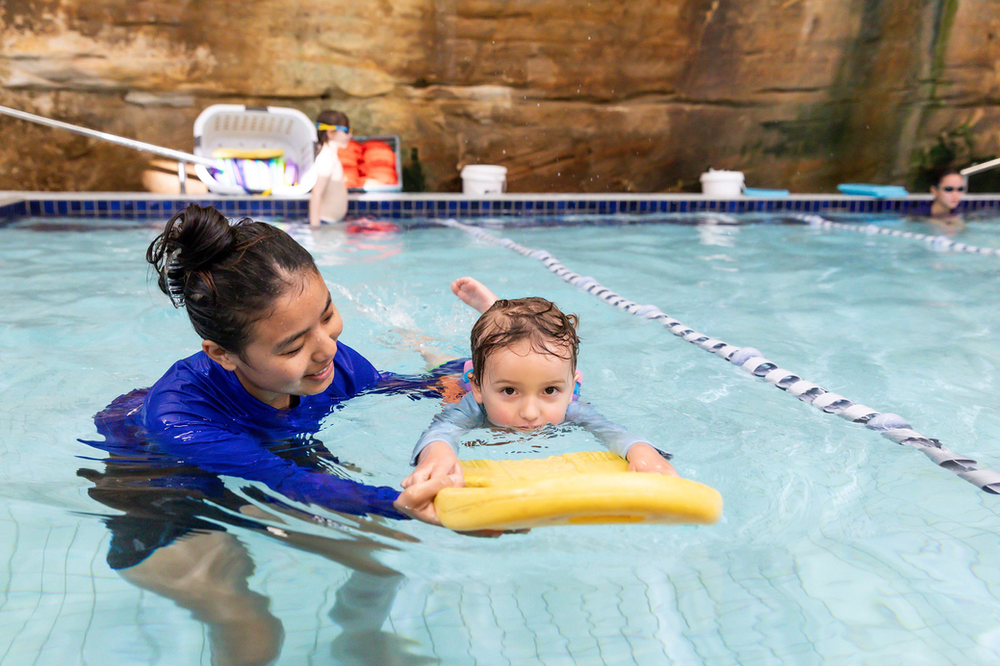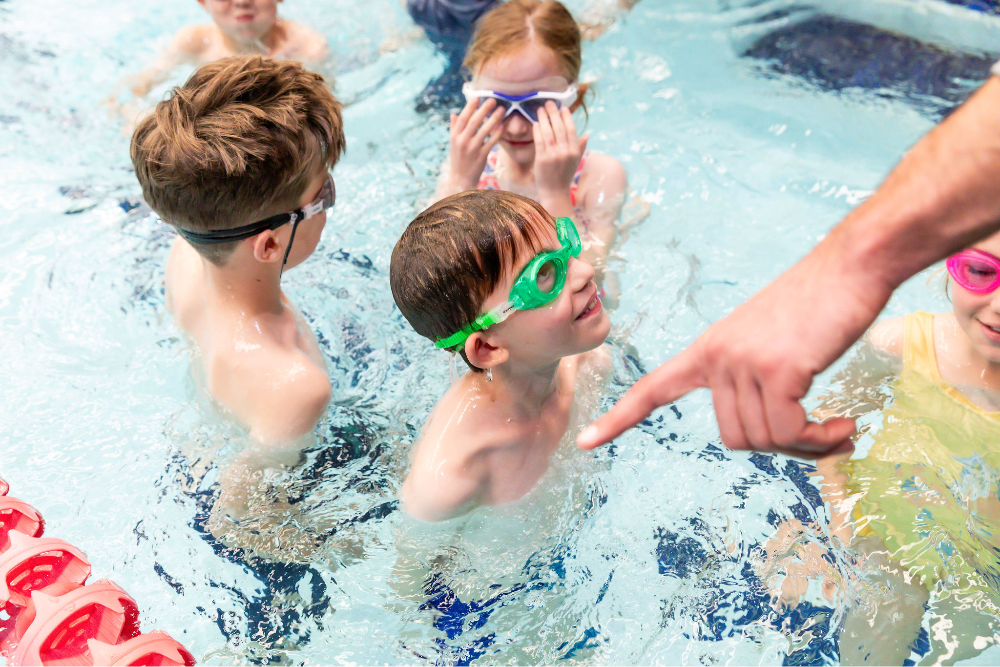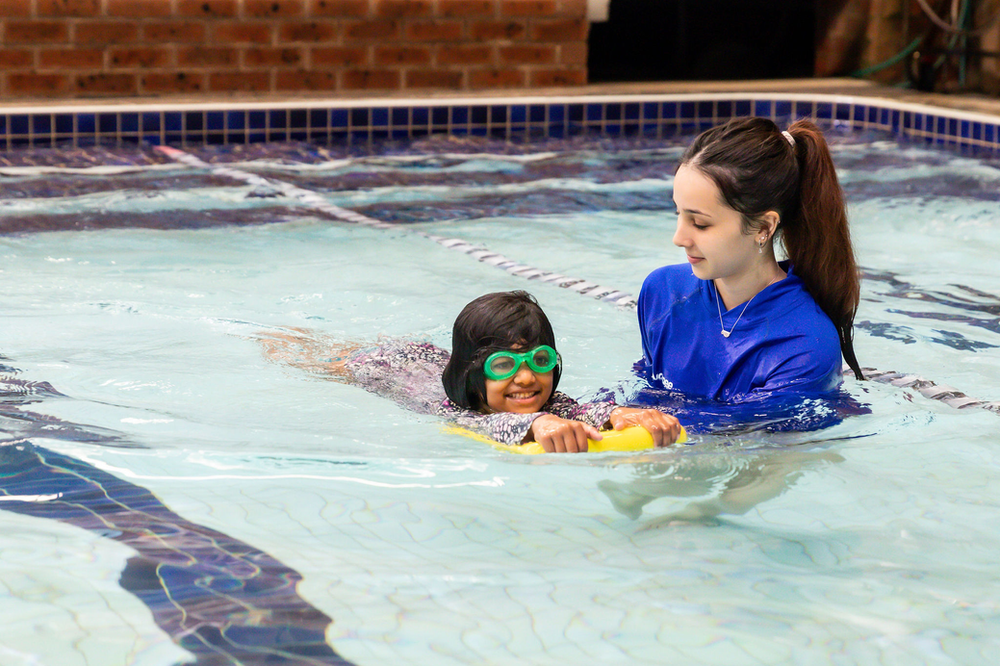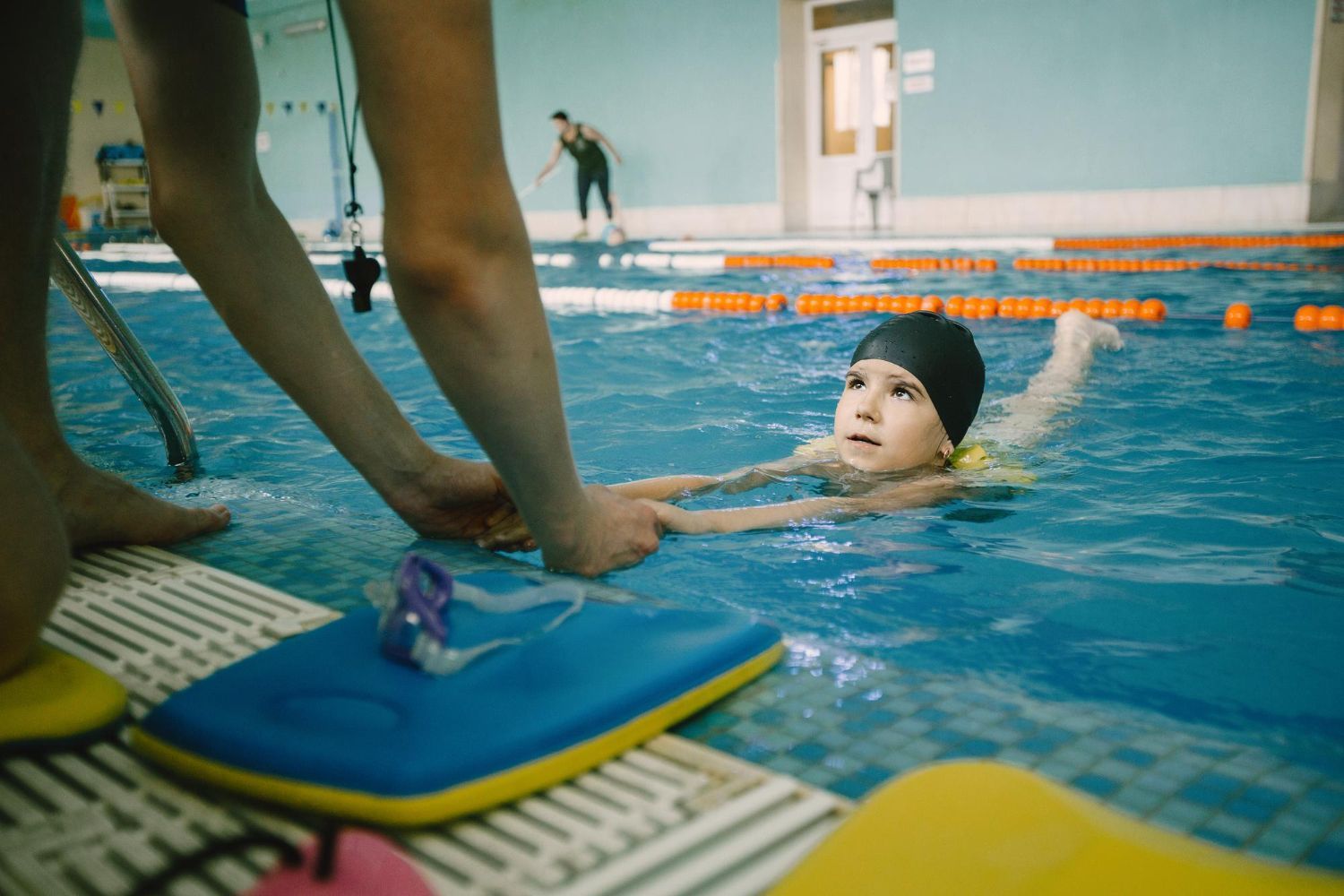Water Safety Skills Every Child Should Know

Keeping children safe around water is crucial. At Col Jones Swim Tempe, we believe that teaching water safety skills to kids can help prevent accidents and give parents peace of mind. Understanding and practising essential water safety can make all the difference when it comes to a child's safety near pools, lakes, and even bathtubs.
Water safety goes beyond just learning to swim. It includes knowing how to act in different water situations and understanding risks. By introducing these skills early, children can build confidence and become more aware of their surroundings in and around water. This knowledge can significantly reduce the chances of mishaps and ensure that kids enjoy their time in the water safely.
In this article, we will explore the fundamental water safety skills every child should know. These skills cover everything from mastering basic swimming techniques to handling emergencies. By instilling these practices, we can help children stay safe while having fun. Let's dive into the important water safety skills that can safeguard your child's water experiences.
The Importance of Water Safety for Children
Water safety is crucial for every child. Drowning is a leading cause of injury and death for young children, but many of these accidents are preventable with proper education. Teaching water safety skills can significantly reduce the risk of drowning and enhance a child's confidence around water.
Understanding water safety helps children recognise potential dangers, such as deep water, slippery surfaces, and strong currents. It also encourages them to develop respect for the water, knowing when it's safe to swim and when it's not. These lessons are essential whether they're at a pool, beach, or even around the house near bathtubs and buckets.
At Col Jones Swim Tempe, we focus on making water safety an integral part of our swimming lessons. Our aim is to equip every child with the knowledge and skills needed to stay safe. The more aware and prepared a child is, the happier and safer their water experiences will be.
Basic Swimming Skills Every Child Should Learn
Before diving into the deep end, children should first master some basic swimming skills. These foundational skills provide a strong base for developing more advanced techniques later on. Here's a list of essential swimming skills every child should learn:
1. Floating: Learning to float on their back helps a child stay above water without expending too much energy. It's a key survival skill if they ever find themselves in trouble.
2. Dog Paddle: This simple stroke keeps a child moving through the water while keeping their head above water. It's a great starting point for more complex strokes.
3. Kicking: Strong kick techniques, both with freestyle and backstroke, propel a child through the water and help build muscle strength.
4. Breath Control: Learning how to properly inhale and exhale while swimming prevents swallowing water and helps maintain stamina.
5. Turning and Pushing Off the Wall: These skills are important for changing direction efficiently, especially in pools where kids might need to navigate around obstacles or other swimmers.
Mastering these basics makes children more comfortable in the water. It also prepares them for learning more advanced strokes and participating in water activities safely. Starting with these fundamentals ensures they have the confidence and skills they need to enjoy swimming while staying safe.
Crucial Water Safety Techniques
While basic swimming skills are essential, there are specific water safety techniques every child should know. These techniques can help children remain calm and act quickly in unexpected situations, potentially saving their lives.
1. Treading Water: Treading water is a vital skill that allows a child to stay afloat in one spot without expending too much energy. This skill is especially useful in deep water, where they can't touch the bottom.
2. Safe Entry and Exit: Knowing how to enter and exit the water safely can prevent slips and falls. Children should learn to use pool ladders properly and understand how to jump or dive into deep water safely.
3. Reaching and Throwing Rescue: Instead of attempting a direct rescue, children should learn to use objects like pool noodles or life rings to reach out or throw to someone in trouble. This keeps them safe from being pulled under by a panicked swimmer.
4. Understanding Pool Rules: Teaching children to always read and follow the rules of any swimming facility helps prevent accidents. This includes no running around the pool, no diving in shallow areas, and always swimming with a buddy.
By mastering these water safety techniques, children become more prepared to handle emergencies. This preparation is key to making sure they can enjoy water activities with greater safety and confidence.
How to Reinforce Water Safety at Home and Beyond
Reinforcing water safety at home and beyond the swimming pool ensures that children retain and apply their skills in various situations. There are several simple yet effective ways to keep these important lessons fresh in their minds.
1. Practice At Home: Set aside time to practise water safety skills in your backyard pool or bathtub. Review what they've learned and encourage them to demonstrate key techniques like floating and treading water.
2. Consistent Reminders: Regularly remind your child about water safety rules, especially before visiting a new pool, beach, or water park. These reminders can help keep safety at the forefront of your mind, no matter where you are.
3. Role-Playing Scenarios: Create role-playing games that mimic potential water emergencies. Ask your child how they would respond if they or a friend were in danger. This helps them think through their actions and reinforces correct responses.
4. Enrol in Refresher Courses: Continuous practice and learning are crucial. Consider enrolling your child in refresher courses or more advanced water safety classes to keep their skills sharp.
5. Set a Good Example: Children often mimic adult behaviour. By demonstrating good water safety practices yourself, you reinforce their importance. Always follow pool rules and show your child how to enjoy the water safely.
By integrating these practices into your routine, you can help ensure your child remains skilled and aware, enhancing their safety around water.
Conclusion
Water safety is a critical skill set every child should possess. By understanding the importance of water safety and mastering basic swimming skills, children become more confident and capable around water. Learning and practising crucial water safety techniques further enhances their ability to handle unexpected situations.
At Col Jones Swim Tempe, we are dedicated to teaching these essential skills to children. Our focus on water safety ensures that every child learns how to enjoy the water responsibly and safely. Integrating these lessons into everyday life helps reinforce their importance and keeps water safety top of mind.
Ready to give your child the skills they need to stay safe and confident around water? Sign up for our
water safety program at Col Jones Swim Tempe today and make water safety a priority.


